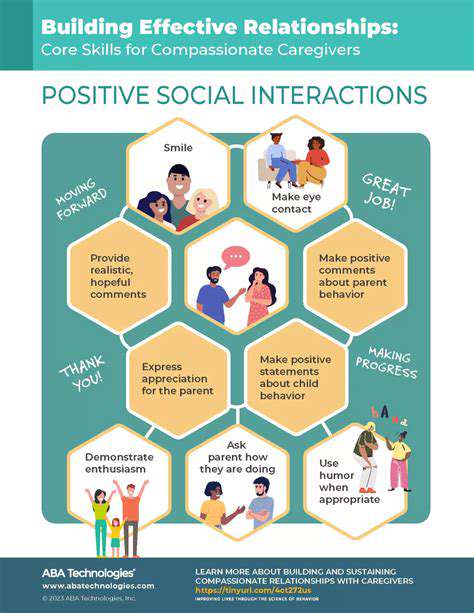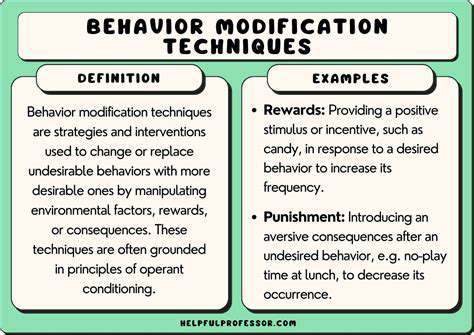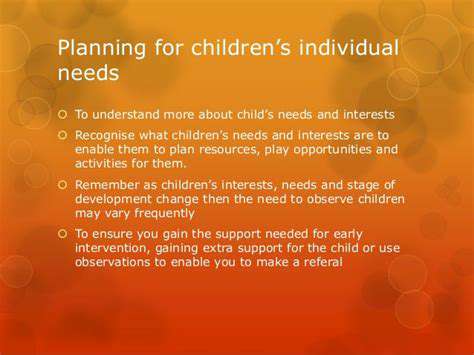Conquering Childhood Nightmares
Addressing Underlying Fears and Anxieties
Unraveling the Roots of Fear
Childhood is a time of wonder and exploration, but it's also a time when children are particularly susceptible to developing anxieties and fears. Understanding the root causes of these fears is crucial to helping children overcome them. Sometimes, fears are rooted in specific, identifiable experiences, such as a frightening dream, a scary story, or a traumatic event. Other times, the origins of fear may be more subtle, arising from anxieties about the unknown, changes in routine, or the development of a sense of separation from parents or caregivers. Exploring these potential triggers can help parents and caregivers identify the underlying source of the fear and develop targeted strategies for support.
Often, children's fears are manifested in nightmares, which can be deeply disturbing and disruptive to their sleep and overall well-being. Recognizing these fears as a potential sign of underlying anxieties can help parents and caregivers to approach the situation with empathy and understanding. By creating a safe and supportive environment, parents can help children process these fears and develop coping mechanisms to manage them effectively. This includes validating their feelings, encouraging open communication, and providing reassurance and comfort during times of distress.
Developing Coping Mechanisms and Strategies
Once the underlying fears are understood, parents and caregivers can work together with children to develop healthy coping mechanisms. These strategies can range from simple relaxation techniques, such as deep breathing exercises or progressive muscle relaxation, to more complex approaches, such as cognitive behavioral therapy (CBT) techniques. These approaches can help children identify and challenge negative thought patterns and develop more positive and realistic perspectives.
Encouraging children to express their feelings and anxieties in a safe and supportive environment is essential. This could involve journaling, drawing, or talking to a trusted adult or therapist. Providing age-appropriate resources and tools, such as books, stories, or calming activities, can also be helpful in managing fear and promoting emotional well-being. Creating a predictable and secure routine can also significantly reduce anxieties and promote a sense of stability for children.
Furthermore, it's important to remember that every child is different. What works for one child may not work for another. Parents and caregivers need to be flexible and adaptable, experimenting with different strategies to find what best suits their child's needs and temperament. This process of exploration and adaptation is key to fostering emotional resilience and helping children overcome their fears, ultimately leading to a more peaceful and fulfilling childhood experience.











